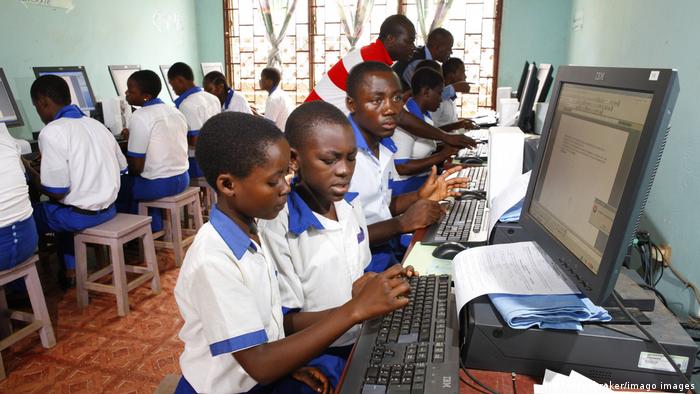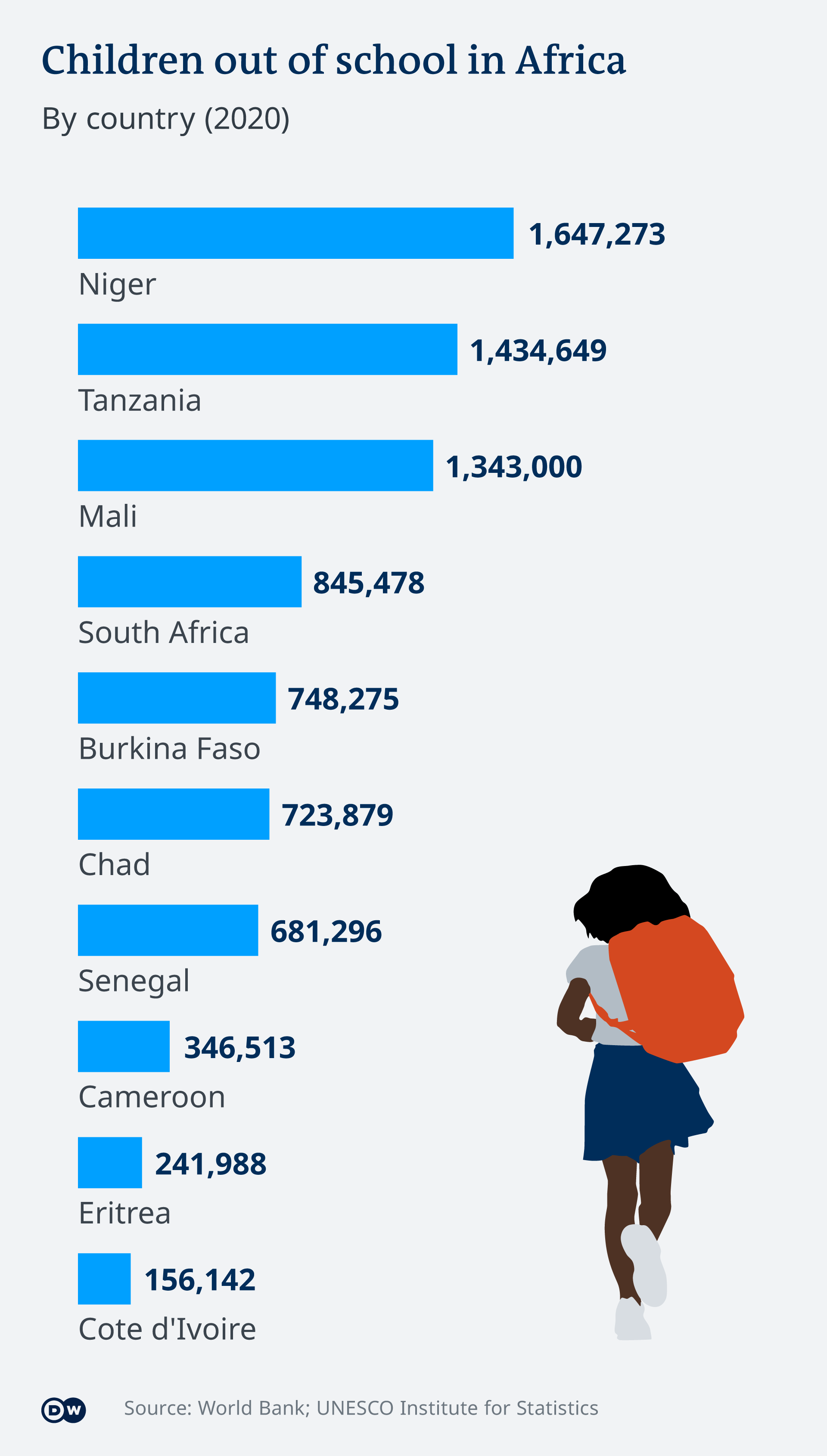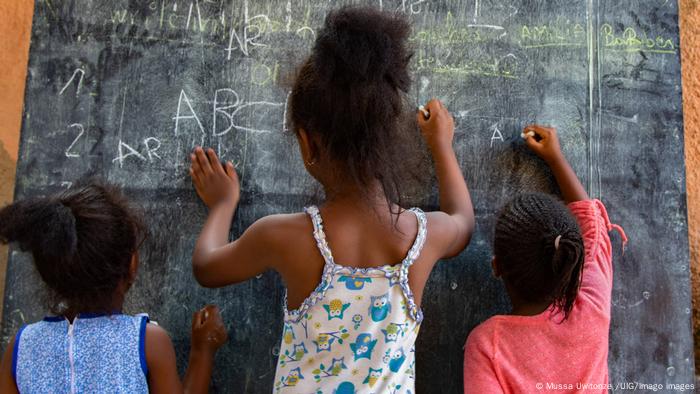Peruvians donating hair to assist oil clean-up
Hundreds of Peruvians are donating their locks to assist with the cleanup efforts of an oil spill that authorities have deemed an environmental emergency.
It’s possible that I shall make an ass of myself. But in that case one can always get out of it with a little dialectic. I have, of course, so worded my proposition as to be right either way (K.Marx, Letter to F.Engels on the Indian Mutiny)










Imperfect Creatures: Vermin, Literature, and the Sciences of Life 1600-1740 (University of Michigan Press, 2016)

|
Why the appeal of cryptocurrencies and NFTs crosses borders of class and race |
By Tressie McMillan Cottom |
My family managed to get together for a small Thanksgiving dinner this year. It was our first gathering since April 2020. After a big meal, my cousin only wanted to talk about one thing: cryptocurrency. He is a middle-aged Black man from New York, just a few years older than I am, but those years make a huge difference in his job security. When he came of age, he got a blue-collar job working for the city. He has worked at that job since he was 17 years old, so he will be able to retire as a relatively young man. And since the job is unionized, my cousin will retire with a pension and health benefits — the kind of pathway to economic security that is becoming increasingly rare. |
These days, ours is an information economy that likes credentials, which involves going to some kind of postsecondary school. Even with high wages for skilled trades, like the one my cousin used to get that union job straight after high school, blue-collar trades are a hard sell to young workers. My cousin is not exactly a dinosaur, but he is not the kind of guy you imagine day-trading or actively managing an investment portfolio. |
Yet he is absolutely enthused about Bitcoin. While he is figuring out his second act, he views crypto as the way to build “generational wealth” and “freedom.” I put those words in quotes because you hear them a lot in conversations around financial-sector schemes, and I am not sure they mean anything in those contexts. This week, the New York mayor, Eric Adams, is living up to his campaign promise to get his first three paychecks converted to cryptocurrency. My blue-collar cousin has a lot in common with his mayor. The allure of the next American frontier crosses all kinds of lines, including class lines. I’ll get to that in a second. |
Bitcoin is the most well-known cryptocurrency, but there are many others, like Ethereum, Dogecoin, and Tether, which come up a lot among my peers. Some people talk about crypto as being revolutionary because it promises to democratize access to financial markets and give individual investors control of their destiny. In an adjacent space, nonfungible tokens — or NFTs — promise something similar. NFTs are like coupons that represent an underlying object, like a piece of artwork, although they could represent almost anything. |
For my part, the discussion over Thanksgiving leftovers brought home a data point about women’s and people of color’s interest in cryptocurrency. A 2021 survey found that the people who trade crypto are a far cry from the young, white, male image of a techbro: |
The average cryptocurrency trader is under 40 (mean age is 38) and does not have a college degree (55 percent). Two-fifths of crypto traders are not white (44 percent), and 41 percent are women. |
That survey captured a lot of people, like my cousin. |
What fascinates me is how widely crypto and NFT talk has diffused, and so quickly. It is not often that I hear the same branding from lower-income people of color that I also hear from high-earning white peers with advanced degrees. Depending on your consumer profile — biographical data like your age, race and gender, plus your purchasing habits — you probably hear about these financial instruments from online ads, social media groups, and peers who are early adopters. |
I hear about crypto from my educated, high-income academic and writing friends who also shop at Target a lot. I also hear about crypto from financial advisers and college classmates who share stories about making a lot of money mining crypto and trading NFTs. But because of my racial and geographic identities, I also hear about crypto from my working-class friends and family. They are getting messages about crypto from Facebook and Instagram and their friends who have moved on from candle-leggings-timeshare- |
All of the branded cryptos and NFTs were born out of the invention of the blockchain. I don’t think of blockchain as a technological innovation so much as it is a cultural iteration. Blockchain is about solidarity among strangers. That’s the kind of thing we have been striving for since the first mechanical age. On a purely technical level, blockchain is a ledger. That ledger is decentralized (although we will complicate that a bit in future discussions) and that decentralization makes it hard to manipulate. Now, the point of decentralization is that ideally no one who records information in the ledger has to trust anyone else when they exchange information based on that ledger. If I buy something, I can list my ownership in the ledger that assigns my ownership rights a unique identifier. If someone challenges my ownership, the ledger’s record is the god tier of ownership. I have something that no one can take away from me! You start to see why this idea would appeal to a lot of people, but especially to groups of people whose right to ownership has been encoded in legal precedent and cultural norms for generations. If I live in a community where the police absolutely use eminent domain to claim my private property and I cannot do anything about it, that sense of everyday powerlessness would make the promise of blockchain sound pretty good. To me, though, it presents more questions than answers. |
Those questions are about the culture of blockchain, not about its technical innovation. Blockchain promises to decouple trust in our financial transactions from institutions. I do not have to trust that someone owns something, or trust that an institution will defend my ownership of something. Blockchain says trust moves from institutions — like banks and regulators — to the apolitical ledger. In theory, no one owns the ledger. That means no one can undermine your bargaining power in an exchange. But is that actually how the ledger works? Is an apolitical platform possible in a world where everything we do has a political cause and effect? I’m skeptical on that front. And healthy skepticism is a good place to start when deciding whether something is a scam or merely risky. |
Last week I did something I wish I had done before that Thanksgiving dinner conversation. I talked with some people about cryptocurrencies and NFTs. First was a far-ranging conversation with Anil Dash, a writer and entrepreneur best known, perhaps, as the C.E.O. of Glitch, a software development company. He has taken a lot of heat for having a nuanced assessment of blockchain, crypto and NFTs. We used to write together on a culture and technology vertical on Medium, where Anil has blogged about tech for years now. Anil is thoughtful and erudite on the cultural history of internet technologies. He is also pragmatic and has a keen interest in inequality. That mix of expertise and sensibility made him the first person I wanted to talk to about the intersection of citizen consumers and the alternative financial technologies infiltrating our everyday lives. The conversation was so rich that I will write about it in a two-part discussion starting next week. |
My friend Darrick Hamilton, an economist, has warned that we shouldn’t be too aggressive on replacing the danger of unjust financial systems with wildly risky alternative currencies. That sounds about right to me. It reminds me of another legitimate scheme in higher education, which I researched and wrote about for years: Telling people that their very expensive, low-quality degrees from these schools may not be a good solution for them rarely worked. That is the power of culture. And that’s the reasoning behind my first question to Anil: What social problem is blockchain trying to solve? I’ll ask this time and time again as we talk about the idea of institutional failures and the unsatisfying stop-gaps we create to navigate them. |